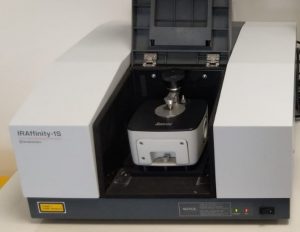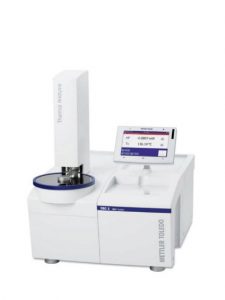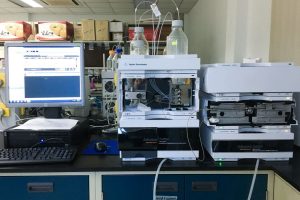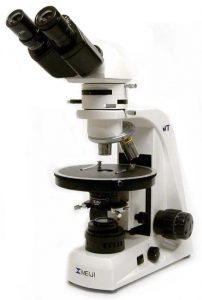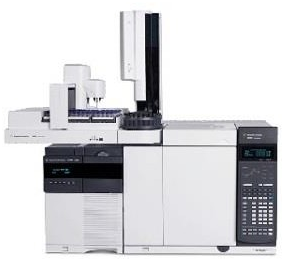Agilent 7890 Gas Chromatograph Mass Spectrometry
Gas chromatography–mass spectrometry (GC- MS) is an analytical method that combines the features of gas-chromatography and mass spectrometry to identify different substances within a test sample. The GC-MS is composed of two major building blocks: the gas chromatograph and the mass spectrometer. This hybrid analytical technique couples the separation capabilities of GC with the detection properties of MS to provide higher efficiency of sample analyses. While GC can separate volatile components in a sample, MS helps fragment the components and identify them based on their mass. GC-MS provides enhanced sample identification, higher sensitivity, an increased range of analyzable samples, and faster results.
The Agilent 7890 is a state-of-the-art gas chromatograph that provides superior performance for all GC applications. The System features accurate temperature controls, precise injection systems, and high performance Electronic Pneumatic Control (EPC) modules for good retention time and area count repeatability. The Agilent 5977 GC/MSD is the latest in the series of single quadrupole GC/MS systems.
Applications: This instrument is ideal and focus on applications such as environmental monitoring, chemical, petrochemical, food, forensic, pharmaceutical, and material testing. Monitoring of environmental pollutants is one of the main applications of GC-MS. It is widely used in the detection of dibenzofurans, dioxins, herbicides, sulfur, pesticides, phenols and chlorophenols in air, soil and water. Aromatic compounds such as fatty acids, esters, aldehydes, alcohols and terpenes found in foods and beverages can be easily analyzed using GC-MS. The technique can also be used to detect – spoilage or contamination of food. The analysis of a wide range of oils such as lavender oil, olive oil, spearmint oil and essential oils, perfumes, fragrances, allergens, menthol and syrups are also possible using GC-MS. Technique is ideal for the analysis of inorganic gases and aromatic solvents, detection of impurities and allergens in cosmetics. It is also used in the synthesis of cellulose acetate, polyethylene, polyvinyl, and synthetic fibers.

